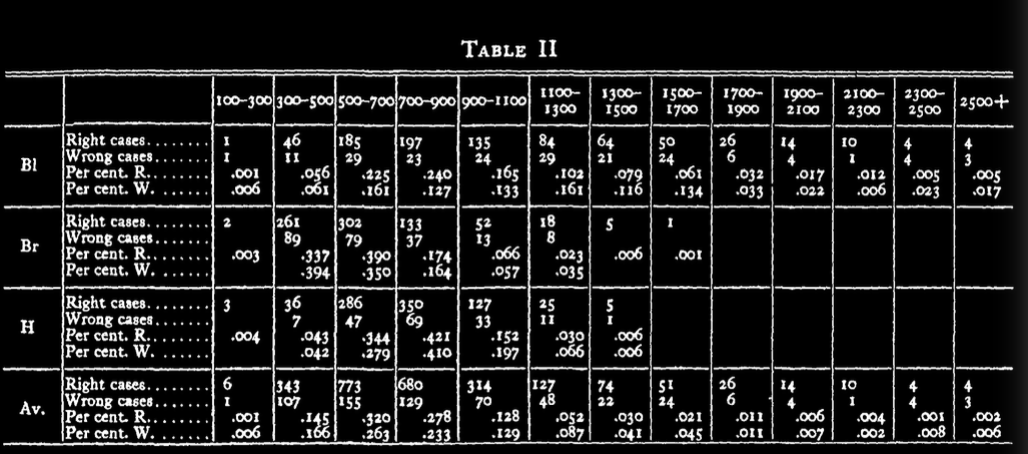Click here and press the right key for the next slide (or swipe left)
also ...
Press the left key to go backwards (or swipe right)
Press n to toggle whether notes are shown (or add '?notes' to the url before the #)
Press m or double tap to slide thumbnails (menu)
Press ? at any time to show the keyboard shortcuts
Philosophical Methods
philosophical
methods
informal observation,
guesswork (‘intuition’),
imagination (including for ‘thought experiments’),
reasoning and argument,
& pursuit of theoretical elegance





Functions of Ben’s model of minds and actions:
- ethical
- normative
- predictiveSecond, consider Ben’s concern with making predictions.
--- speed vs accuracy
Whenever you are making predictions about anything at all, you face a \textbf{trade-off between accuracy and speed}. Making more accurate predictions requires considering more information and integrating it in a more complex model of minds and actions. By contrast, making faster predictions requires narrowing the information you consider and using a less complex model of minds and actions. Since Ben often has to make predictions fast enough to actually coordinate his actions with Ayesha’s, and since making predictions consumes scarce cognitive resources, Ben is usually needs to trade accuracy for speed.So Ben’s model of minds and actions is not built for accuracy.
speed vs accuracy

Henmon (1911, table 2)
‘the wrong judgments are in general shorter’


Functions of Ben’s model of minds and actions:
- ethical
- normative
- predictive
--- speed vs accuracy
Relying on philosophers to characterise actions
would be like
relying on Aristotelians to characterise physical objects.
Looking ahead ...
Godfrey-Smith contrasts models with theories,
and suggests that philosophers are often
best seen as constructing models rather than theories.